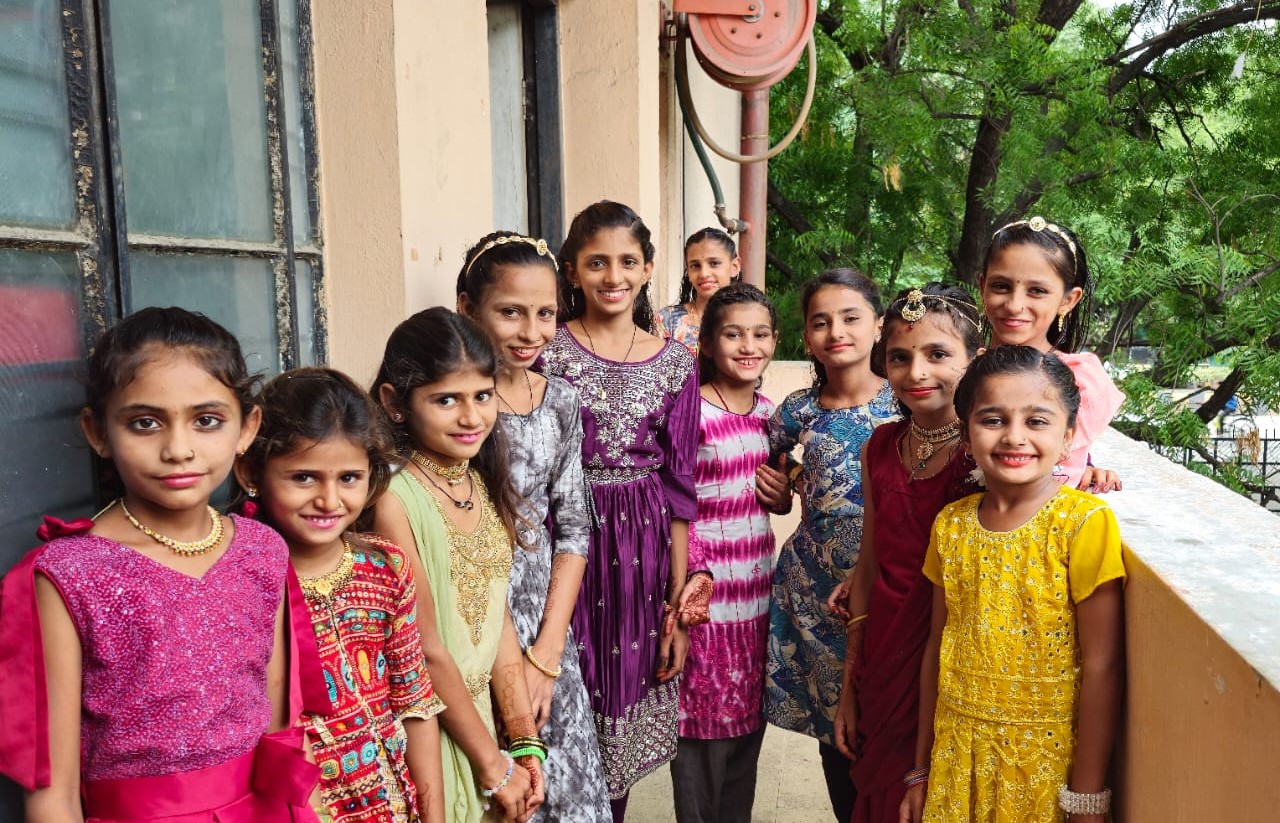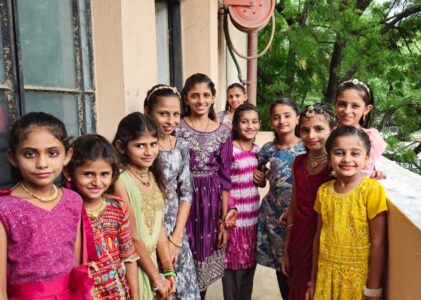Compilation and Editing – Nikita Dewase
Riyazghar – What is Riyazghar?
– Pallavi Shambharkar

Riyazghar is a space where children between the ages of 9 and 16 come together to learn through various activities like exposure visits to different places, sessions with experts (external visits), reading books, playing games, and more.
This time, the main objective of Riyazghar was to teach children English.
They were taught topics like phonics, vowels, and sentence building. In addition, there were regular classes for both language and mathematics.
Starting Riyazghar during the summer vacation initially felt a bit challenging. Some children had migrated, so there was anxiety around questions like, “Will the children even come?” or “How do we explain this to the parents?” But all the fellows came together, spoke to the parents, and gradually, children began to attend Riyazghar. Surprisingly, this time the number of girls was higher than boys, which made us feel proud and happy.
A typical day at Riyazghar began with giving children small responsibilities and duties to complete by 8 a.m. This was followed by breakfast, a language class at 9 a.m., prayer, feeling-sharing sessions, and then math and English classes until 1 p.m. After the lunch break, there were either exposure visits or external expert sessions. The day ended with reflection meetings for experienced children and activities like dance, drama, book reading, games, and homework support, depending on each child’s interest.
Every day, there was a fresh spark and enthusiasm on the children’s faces. Watching their curiosity to learn new things filled our hearts with joy. Some children were shy at first, but gradually, their confidence began to grow.
The children were taken on various exposure visits. At Alag Angle, they learned how to create clay bulls and showcased their creativity by making different animals and objects. Visits to the Raman Science Center, Parle-G factory, and the local police station helped clear many of the children’s doubts. Questions like “How are biscuits made?”, “What do you need to study to become a police officer?”, and “How do you become a teacher?” were answered during these visits.
This experience wasn’t just about education it lit a new spark in the children’s minds and souls. Watching their growing confidence and happiness reflected on their faces, it felt like our efforts had truly found both direction and success.
Prayas – A New Experience
Komal Gautam
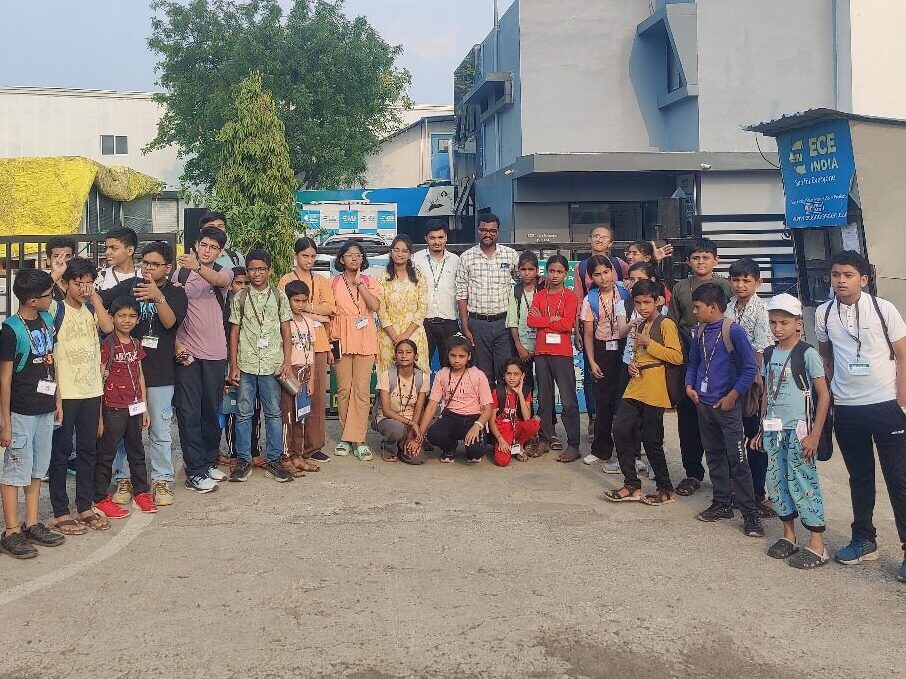
I wasn’t familiar with the concept of ‘Prayas’ earlier. However, Jhanvi Tai explained it to us. She told us that Prayas is an organization based in Amravati that organizes camps for young children.
The camp was organized for the personality development of children. They had invited some children from the Bharwad settlement in Amravati. Four children from our group were going to be sent there, and a fellow had to accompany them. Janhavi Tai gave us some time to decide who would go.
I decided to take up this responsibility. It was my first experience of this kind. On April 19th, the parents of the children from the settlement brought them to Nagpur. I took Vijay, Mahesh, Rahul, and Chhagan four children and we set off for Amravati. It was my first time taking full responsibility for children outside. I was a little scared, wondering, “What will happen when we reach there?”, “How will it go?”, “Will everything go smoothly?” But the children’s enthusiasm, Janhavi Tai’s guidance over the phone, and my own determination helped me overcome my fears. We reached “Prayas” by 8 pm, and everything went smoothly.
There were many children there, aged between 9 and 20. The next day (Sunday), all the children’s parents came to pick them up. Sawaji Sir, who was the organizer of the camp, held an introductory meeting. He explained that “Prayas” was a camp organized for personality development. There were also some fun parent-child activities.
My role there was as a volunteer mainly to take care of the children and guide them.
From the second day, the children’s sessions started. Every day, they attended different sessions on personality development, communication skills, and business awareness. They sold watermelons, sold books, interviewed small business owners, and went on outings like visits to forests and various companies. The sessions focused on building personality and practical skills. For example, they were asked to sell watermelons, then books, then interview small street vendors, and later interview officials.
Through all these experiences, the children’s confidence grew greatly. Their fears reduced, and they began to express themselves more openly. The children from Bharwad settlement got to see new places and got introduced to the outside world. This entire experience helped them understand what they want to become in the future and what they need to do to achieve it.
They completed all their tasks and learned many new things. I also learned a lot. This experience boosted their confidence. Those who were initially scared started talking to people and asking questions. Their eyes were no longer just observing they were now dreaming.
This was not just a camp but an opportunity to discover oneself. It helped not only the children but also helped me develop my personality. The experiences I gained while working with the children made me a more aware, sensitive, and effective teacher.
Budding Curiosity
Pritam Nehare
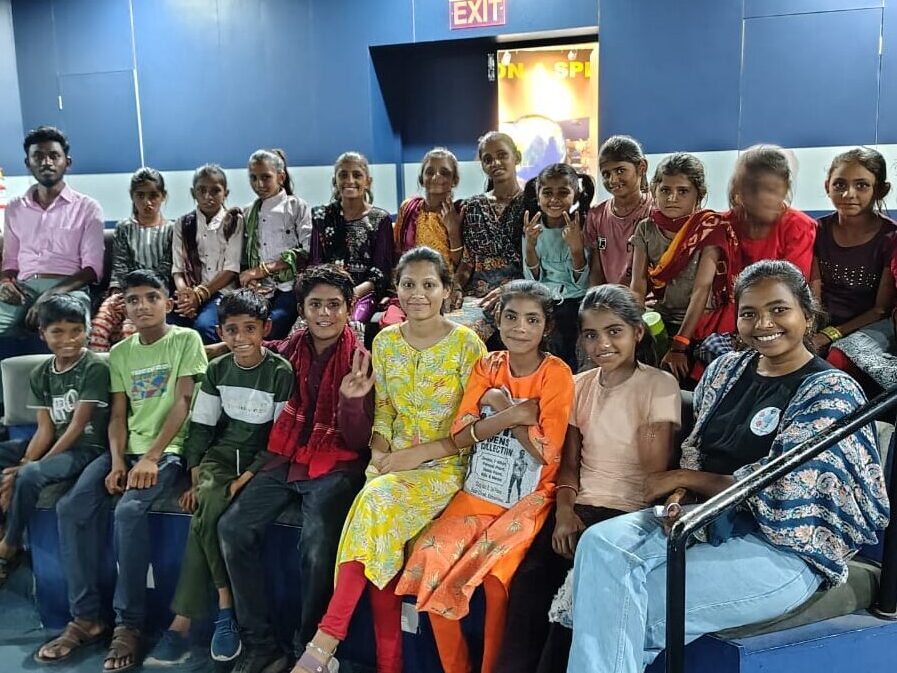
“With the arrival of summer, movement begins among the herds in the forest. Due to water scarcity and the search for grass for the cows, many herds migrate. This year was no different. All the herds dispersed, migrating in different directions.”
Due to this, it was impossible to gather all the herds in one place. Since they moved in different directions, the entire community was scattered.
In this situation, like every year, we had to call all the children from the different herds together at one place and organize a program to provide them with educational and experiential opportunities. Hence, under our educational initiative called ‘Riyazghar,’ a 15-day residential project was organized in Nagpur.
Our aim during this camp was to give the children new experiences every day. It was not just about bookish learning but about learning through hands-on experience, action, and observation this was our guiding principle.
Every day, we took the children to different places. We visited creative spaces like ALG Angle, where the children made various clay toys and explored different art forms. The children got immersed in the sweet world of books called ‘Reading Kida,’ which sparked their love for reading. They also visited the Parle-G factory and saw the production process firsthand.
One particularly special and memorable visit was to the Raman Science Center. There, the children saw live science demonstrations, 3D shows, the solar system, galaxies, and many fascinating things that ignited their curiosity. Their eyes sparkled, and their faces reflected keen interest and excitement.
That visit felt somewhat magical. The children started asking questions.
Kanha asked, “How do we go to the sky?”
Ritu wondered, “How do the planets revolve?”
In their words, a new hope and fresh energy began to blossom.
This curiosity that awakened in their minds was a success for us. By witnessing the mysteries of the solar system and space firsthand, they experienced a new universe. This experience expanded their worldview not just through observation but by inspiring many new ideas.
These 15 days will surely remain a beautiful memory in their lives. For us, it was an experience that became a stepping stone for shaping their future.
Selection Process – “Exploring… New Collaborators, New Possibilities”
Nikhil, Nikita
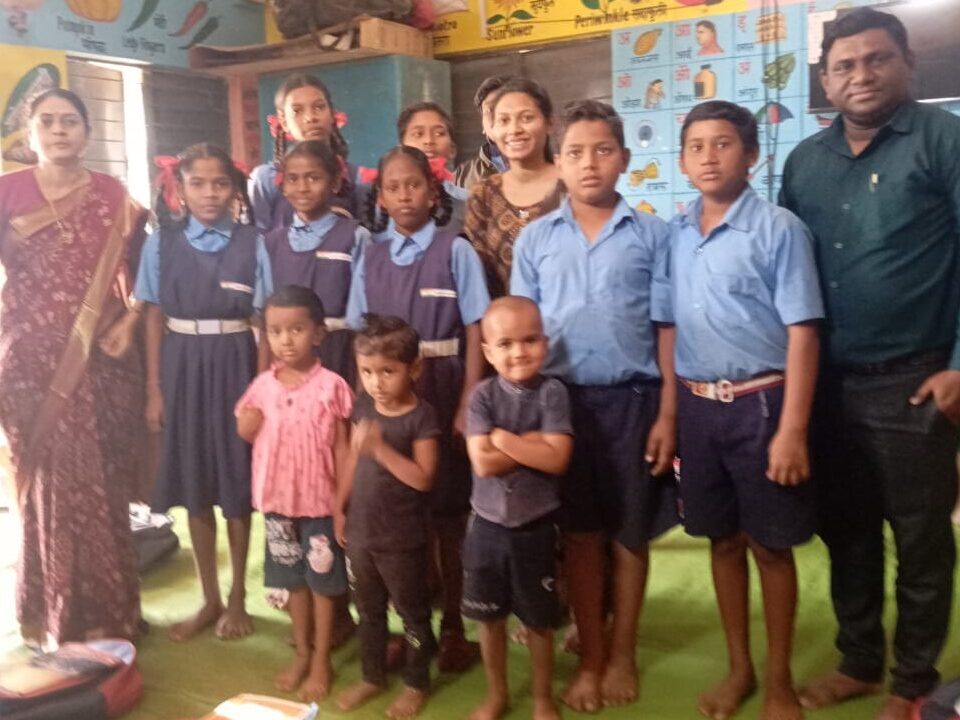
For the past six to seven months, Nikita and I have been searching for new fellows for our organization. This entire process turned out to be very important from a learning perspective
.Many challenges came our way, but we learned how to face them and move forward. At every stage, we gained new experiences, new learnings, and a renewed sense of confidence. This search was not limited to finding new fellows it was also a journey of personal growth for us.
In the first three months, we visited various villages around Nagpur. We met with Anganwadi workers, Gram Panchayat members, and Sarpanchs to introduce our organization. We explained our work and requested them to help us spread the word about the fellowship among young graduates motivated, educated youth from their communities.
After that, we turned our attention to local colleges. We visited several institutions, conducted sessions with students, and shared information about the fellowship. The first step for interested students was to fill out a registration form, and that’s how the process began.
Next, we used social media Facebook and Instagram to share fellowship details and stories from current fellows. This proved very effective. The information reached a wide audience, and we received the highest number of registrations through social media.
The second stage involved providing detailed information to those who had registered, guiding them to complete the full application form. At that point, we had received a total of 1,765 registration forms. So, we decided to expand our team and assigned call tasks to ensure we connected with every applicant.
After this outreach, we received a good number of completed application forms. The applicants were then given some pre-work. This was followed by a two-day workshop. Finally, we found the fellows we were looking for. Interviews were conducted, and the most suitable candidates were selected. At that moment, it wasn’t just about selecting fellows we felt like we had discovered a new source of energy, a new team.
The entire process gave us an incredibly confidence-building experience.
2025-26 Institute: A Journey of Courage, Reflection, and Discovering Oneself Through Relationships
Janhavi, Payal
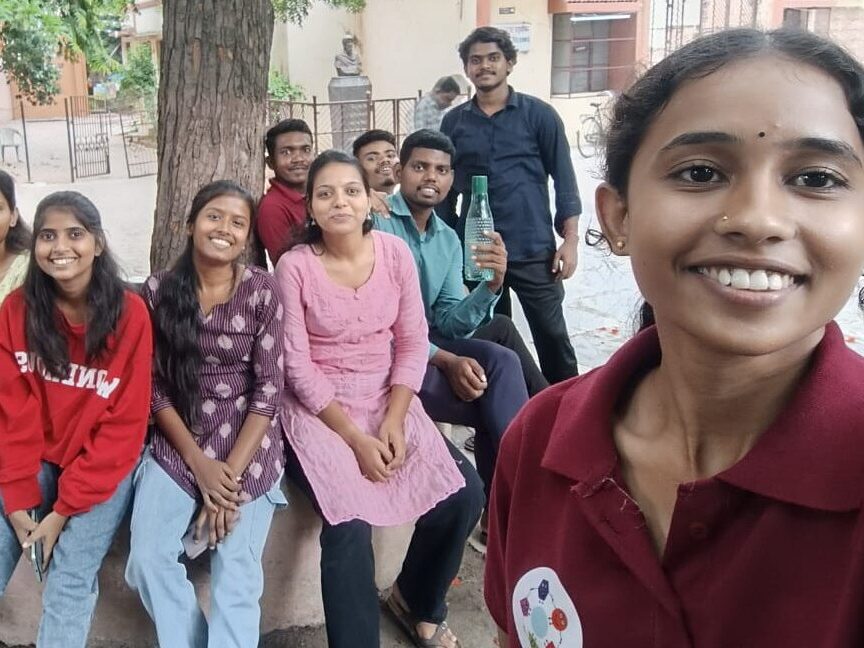
This year, our institute reached a whole new level. Our organization began with a fresh perspective, focusing less on how things would be taught and more on how it would feel.
This year’s concept was built on three important pillars: courage, reflection, and relationship. This framework was not limited only to the design, but deeply rooted itself in every space of the institute, each week’s theme, and in every experience of the children. This gave the children a valuable opportunity to understand themselves, express themselves, and truly connect with their own identities.
Each day was thoughtfully structured with a balance of “2 guided spaces, 1 reflection, and 1 self-study.” In the guided spaces, students explored new ideas and engaged in conversations. Reflection helped them look deeply into their own experiences, while self-study gave them the freedom to learn at their own pace and connect with their inner voice.
Changes that previously took us three months to notice became clearly visible within a few weeks this time. A key reason for this was thorough preparation. This year, our planning, session design, energizers, and content were all organized well in advance. A dedicated folder was created for songs, activities, timing, and structure. Continuous rehearsal and preparation built confidence among the fellows, allowing them to conduct the sessions with assurance and sensitivity.
Sessions for pre-primary and primary age groups helped them understand how to communicate with young children, structure teaching, and take responsibility skills that proved directly beneficial before going into the field. This year, there was equal participation from boys and girls, bringing a sense of equality to every activity. Their involvement in the darbar and cultural spaces was spontaneous, heartfelt, and full of creativity.
When the children first arrived at the institute, they had many questions like, “What can one month of training really give us?” and “Is this really useful?” But by the end of the institute, their speech, body language, and sharing showed a distinct confident transformation. Most importantly, they found a space here where they could speak openly and express themselves freely. A place where, without fear or shame, they could explore their true selves. Here, they found a genuine path to self-discovery, self-awareness, and self-understanding and this is the true strength of the institute.
